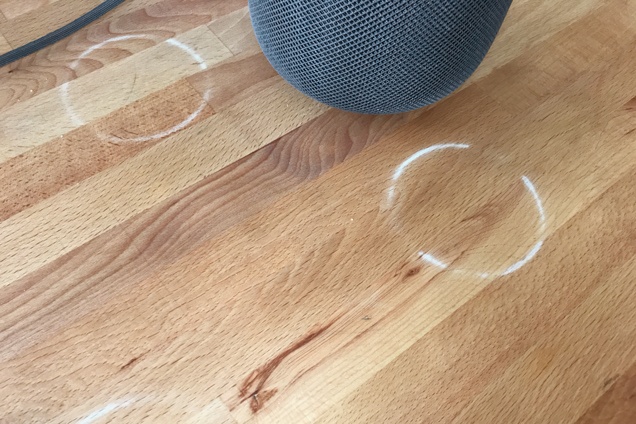Apple sells the HomePod for $349, and many consider this amount relatively high. However, as it turned out from the latest analysis of the internal components, which is behind the editors of the TechInsights server, the production costs are greater than originally expected. According to calculations and assumptions, which are mostly indicative, the HomePod costs Apple roughly $216 to produce. This price does not include development, marketing or shipping costs. If they are true, Apple sells HomePod with relatively low margins compared to competitors such as Amazon Echo or Google Home.
It could be interest you

A set of internal components, which includes all the hardware in the form of tweeters, woofers, electrical wiring, etc., costs about 58 dollars. Smaller internal components, which include, for example, the upper control panel together with the display showing Siri, cost $60. The A8 processor that powers the speaker costs Apple $25. The components that make up the chassis of the speaker, together with the inner frame and fabric cover, then come to $25, while the cost of assembly, testing and packaging is about another $18.
It could be interest you

In the end, that means $216 just for components, assembly and packaging. To this price must be added the costs of development (which must be huge, given the five-year development effort), global shipping, marketing, etc. The margin is therefore really small compared to other products in the company's offer. If we consider, for example, the iPhone X, whose production costs are somewhere around the amount of $357 and is sold for $1000 (1200). The cheaper iPhone 8 costs around $247 and retails for $699+.
It could be interest you

Apple earns significantly less on HomePod than the competition, which consists of products using Google Home or Amazon Echo assistants. In the case of its speaker, Apple has a margin of 38%, while Amazon and Google have 56 and 66%, respectively. XNUMX% This difference is primarily due to the lower complexity of competing products. Trying to achieve the best possible sound reproduction costs something, and Apple obviously has no problem with that.
Source: Macrumors
The added value is minimal, so Apple cannot make a big margin there. This comes to me only as a reaction to the device from Amazon. Apple has given up on devices where it can't provide much added value (routers, monitors, ...).
Especially the rubber that crumbled is terribly expensive?